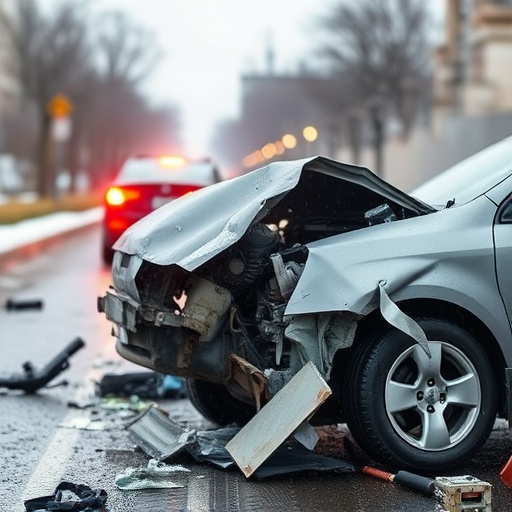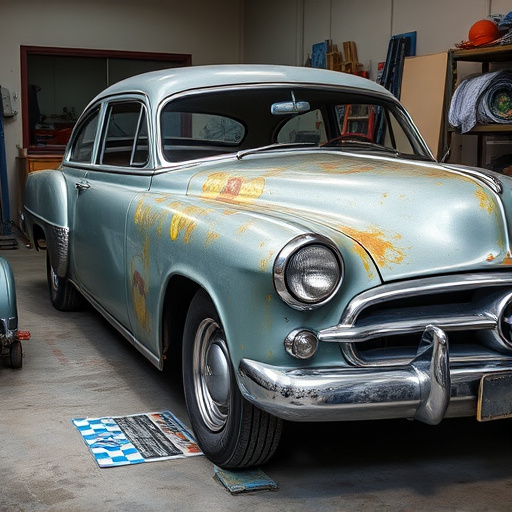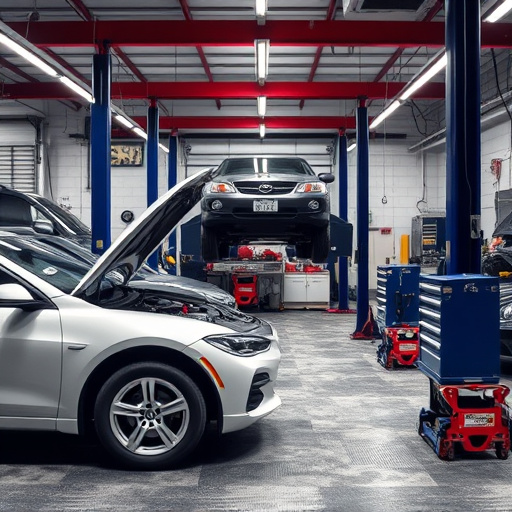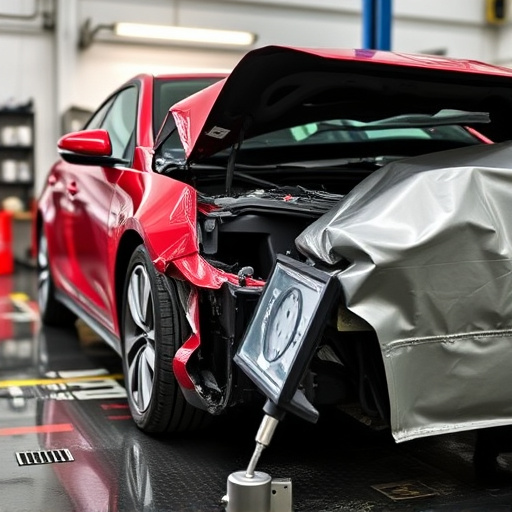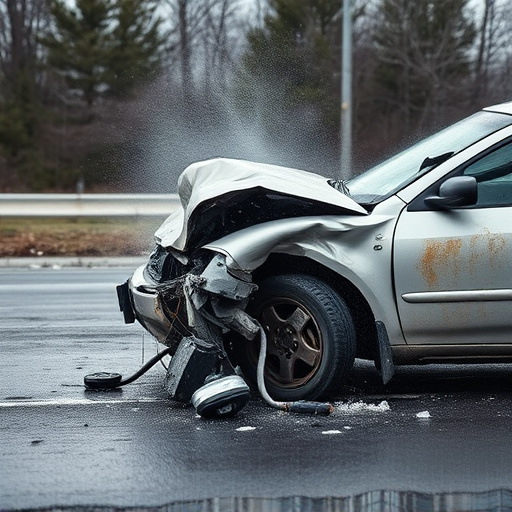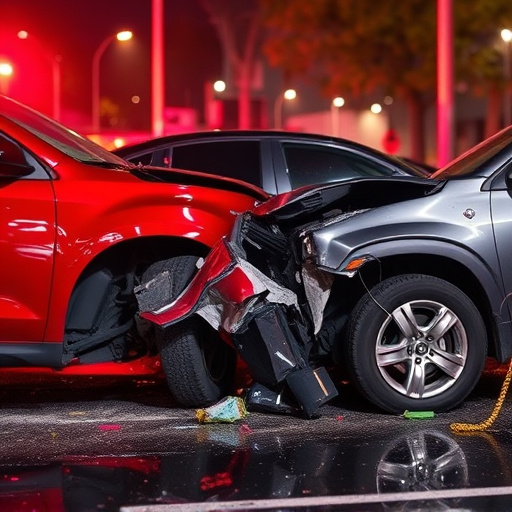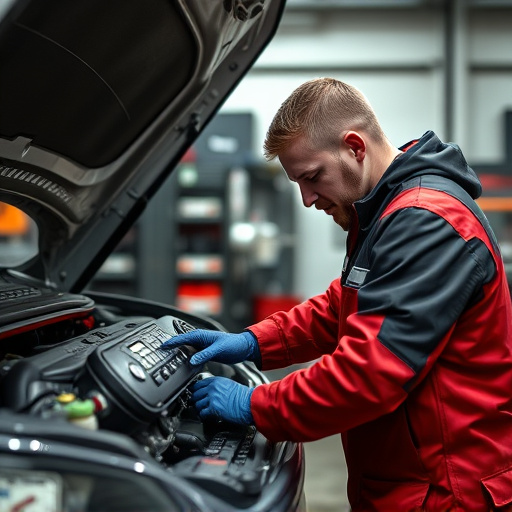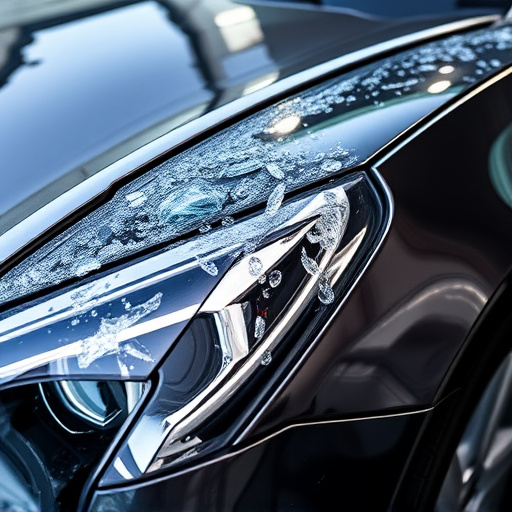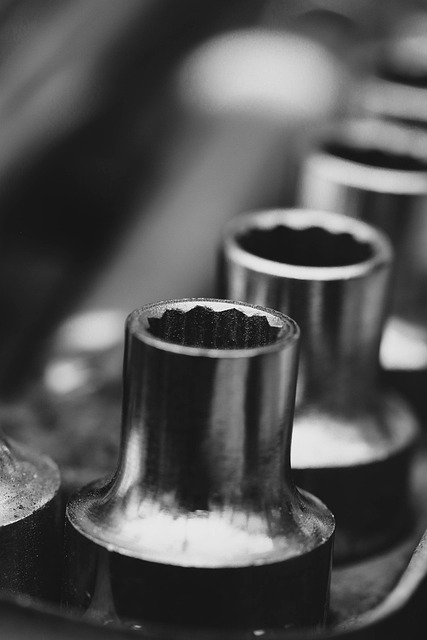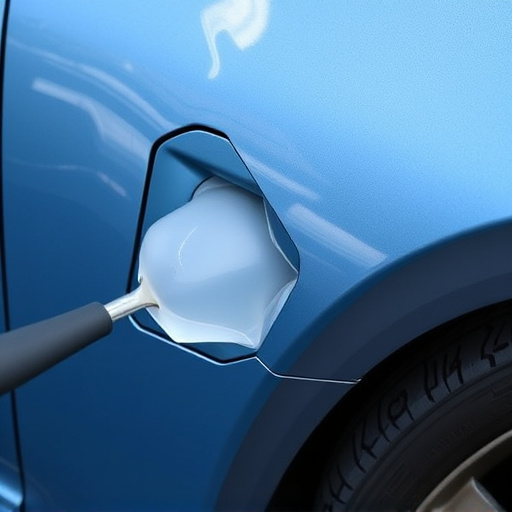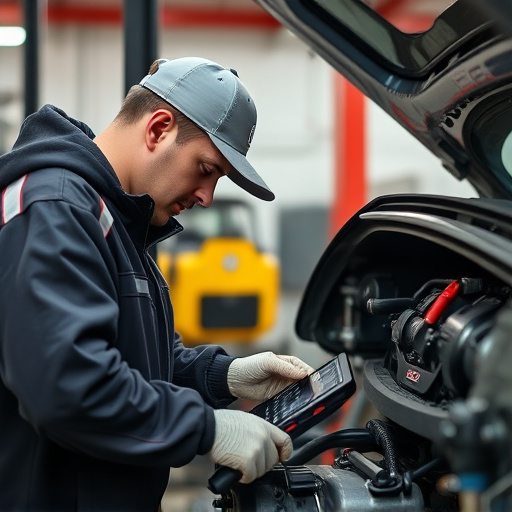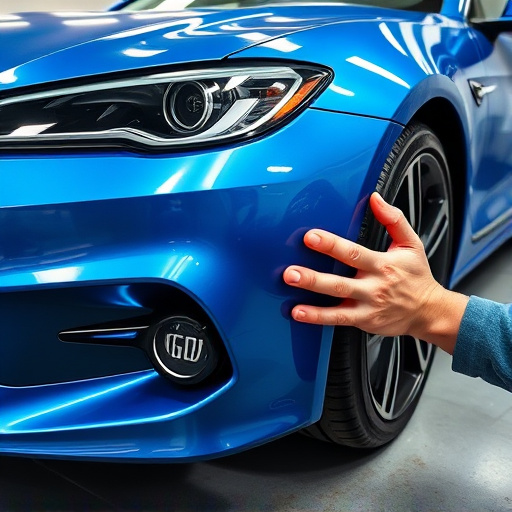Comprehensive documentation in automotive repairs, especially hail damage repair, enhances transparency and ensures structural integrity. Training workshops for inspectors foster continuous improvement and high-quality repairs, leading to satisfied customers and a strong company reputation. Post-repair verification, crucial yet overlooked, ensures both visual appeal and structural soundness, setting repair shops apart in the competitive market through excellence in repair quality inspection.
In the pursuit of exceptional repair quality, many overlook critical aspects that can make or break a successful outcome. This article delves into three often-neglected areas within repair quality inspection processes: meticulous documentation beyond checklists, comprehensive training for cross-functional expertise, and the vital post-repair verification step. By exploring these elements, we illuminate strategies to enhance accuracy, consistency, and overall satisfaction in repair quality inspections.
- Documentation: Beyond Checklists
- Training: Ensuring Expertise Across Teams
- Post-Repair Verification: The Unsung Step
Documentation: Beyond Checklists
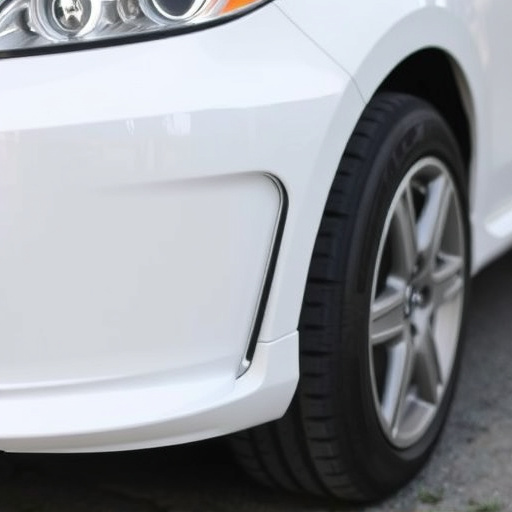
In the realm of repair quality inspection, documentation goes beyond mere checklists. Effective documentation in an automotive body shop or car bodywork services is a dynamic process that encompasses detailed records of every step taken during the repair process. It involves capturing not just visual evidence but also precise measurements, descriptions of materials used, and the reasoning behind each decision made. This comprehensive approach ensures transparency and accountability, allowing for easy tracking of repairs, facilitating communication among team members, and providing a clear historical record that can be invaluable in case of disputes or future reference.
Moving beyond checklists, detailed documentation in hail damage repair involves documenting not just the visible repairs but also underlying structural integrity checks. This includes noting the condition of hidden components like frames, joints, and welds, which are crucial for ensuring the safety and longevity of the vehicle. By integrating these insights into the repair quality inspection process, automotive body shops can deliver higher-quality services, instilling confidence in customers that their vehicles are not just visually restored but structurally sound as well.
Training: Ensuring Expertise Across Teams
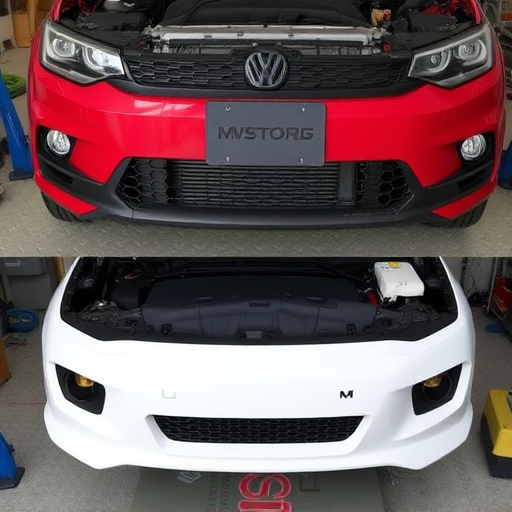
In the realm of repair quality inspection processes, training plays a pivotal role in ensuring expertise across all teams involved. Consistent and comprehensive training programs are essential to keep up with evolving industry standards and technologies, especially in complex areas like Mercedes Benz collision repair. This includes not just technical skills but also soft skills like effective communication and problem-solving, crucial for successful fender repair and car bodywork restoration.
Regular workshops and simulations can help inspectors refine their techniques, learn from peers, and stay updated with the latest tools and methodologies. Such training initiatives not only boost individual performance but also foster a culture of continuous improvement within the organization. This is vital to maintaining high standards in every repair quality inspection, ensuring customer satisfaction, and upholding the reputation of the company in the competitive automotive service industry.
Post-Repair Verification: The Unsung Step
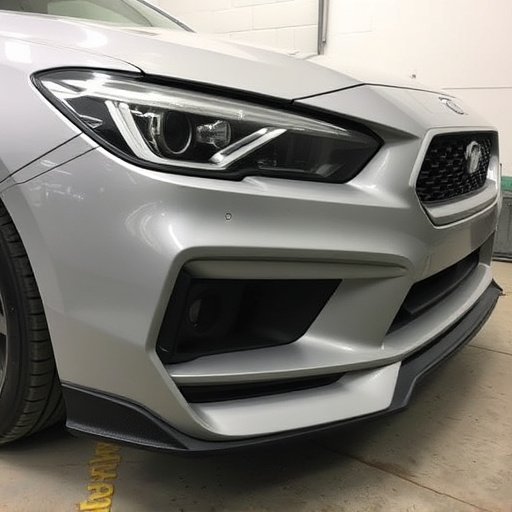
In the meticulous world of repair quality inspection, one step often casts a shadow yet plays a pivotal role—Post-Repair Verification. This critical phase is like an unsung hero, ensuring that every fix is not just visually appealing but also structurally sound. Many car repair shops and services overlook this essential process, focusing primarily on the initial assessment and final presentation. However, a thorough post-repair verification can reveal hidden flaws in both functional and aesthetic aspects, be it a minor dent or a major structural issue.
Car paint repairs, for instance, demand meticulous attention to detail. A skilled technician will not only check the surface’s smoothness but also examine the underlying panel for any signs of corrosion or misalignment. This step is vital in maintaining the integrity of car repair services, ensuring that customers drive away with vehicles that are not just fixed but flawless. By dedicating time to post-repair verification, car repair shops can elevate their standards, fostering a reputation for excellence and setting themselves apart in a competitive market.
In enhancing repair quality inspection processes, it’s crucial to look beyond surface-level checklists, invest in comprehensive training for all team members, and never underestimate the value of thorough post-repair verification. By focusing on these three key areas, we can ensure that every repair is executed with precision and expertise, ultimately leading to higher customer satisfaction and reduced re-work rates. Incorporating these strategies into your inspection routine will elevate your repair quality standards and set a new benchmark in the industry.


